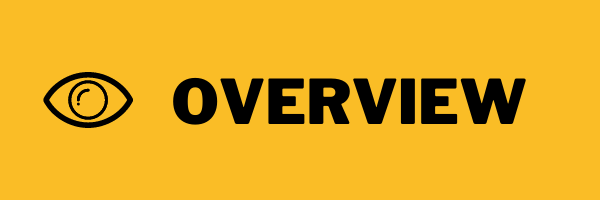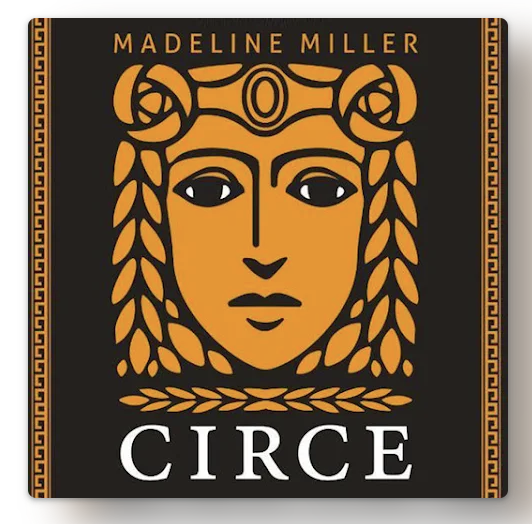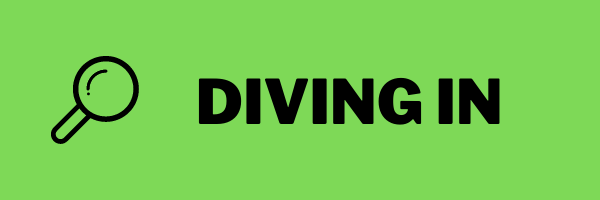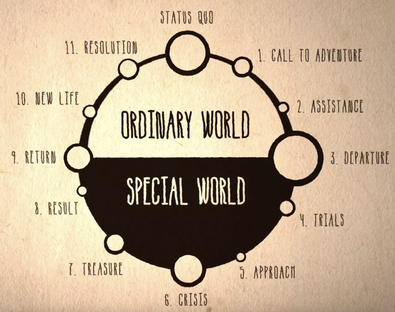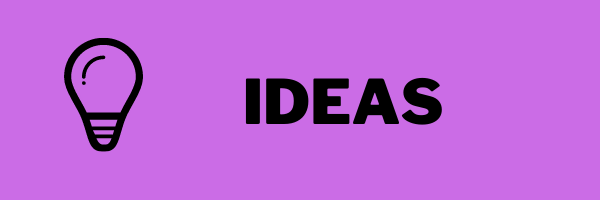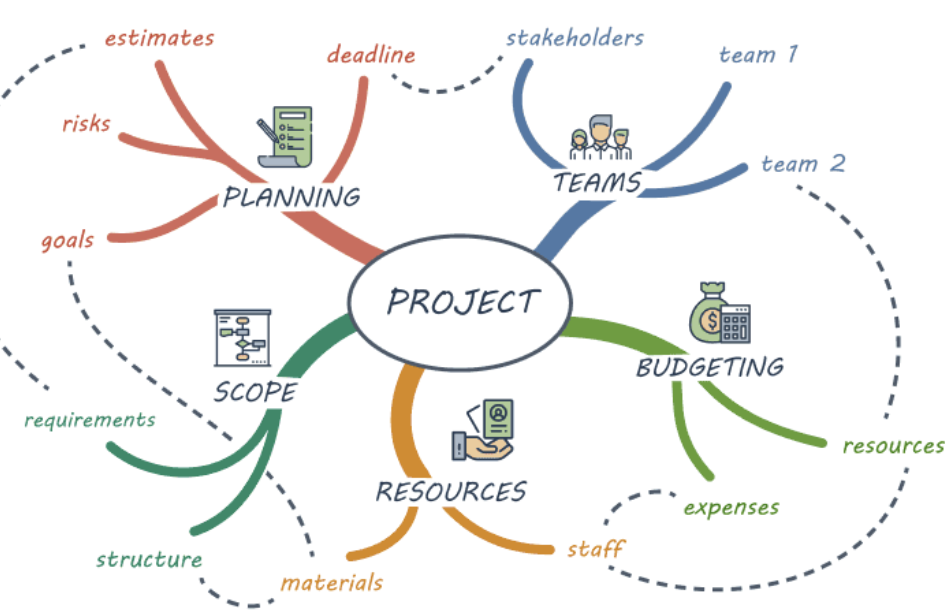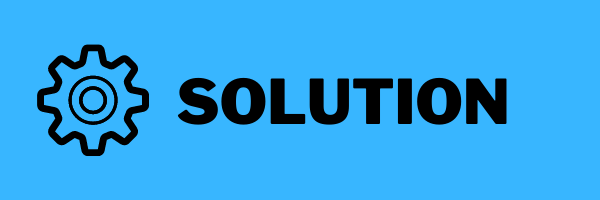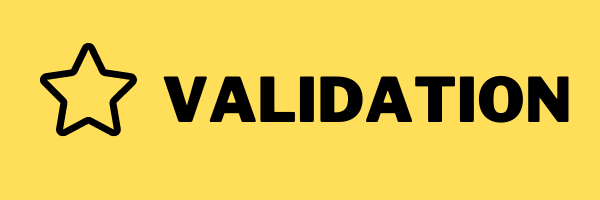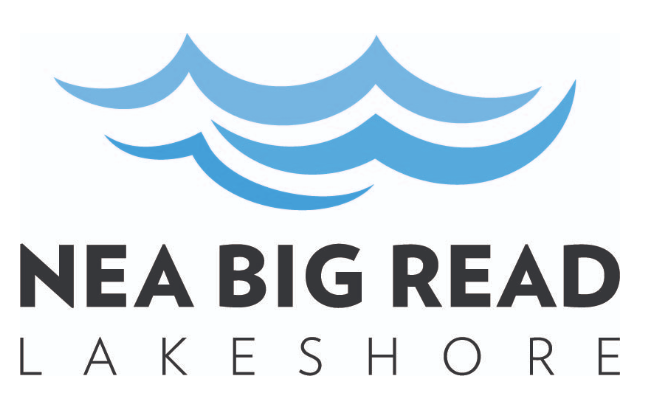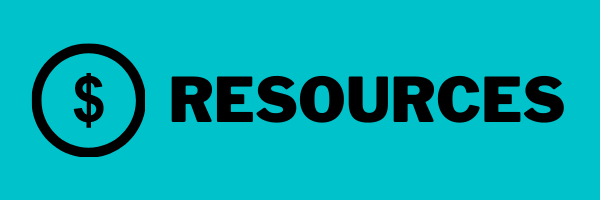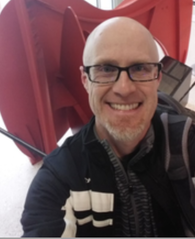Origin Stories
By: Eric Wilkinson
By: Eric Wilkinson
Project at a Glance :
As part of the Big Read, creative writing students will read Circe by Madeline Miller. We’ll discuss the Hero’s Journey and perspective. Students will create a visual solution to demonstrate their answer to the driving question based on Circe and supplementary readings/research.
Driving Question:
How does society determine its heroes and its villains?
|
Standards:
Entry Event:
|
Stakeholders:
|
Incubation:
Checking in:
|
|
Solution Building:
|
Authentic Audience:
|
Click here for teacher's full plan.
Reflection and Feedback:
|
